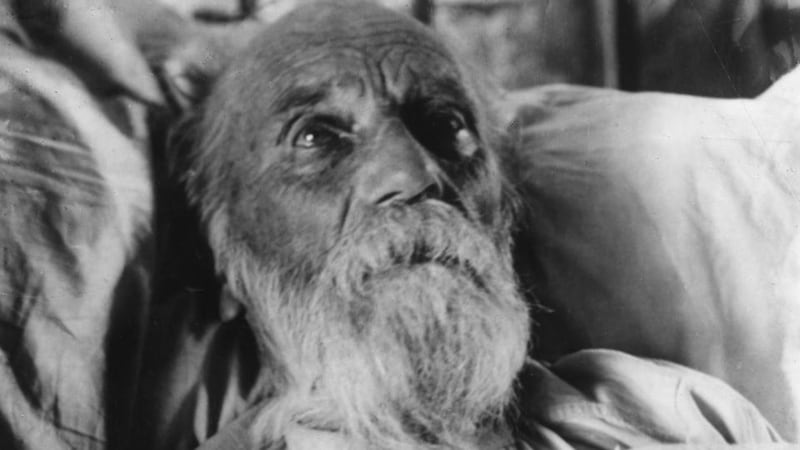A steel casket used to transport the remains of the famous Fenian leader Jeremiah O'Donovan Rossa is be restored and placed on display in west Cork.
His funeral in Dublin’s Glasnevin cemetery in 1915 drew thousands and was where Pádraig Pearse gave his famous grave-side oration.
The casket was located on a farm and later stored in a shed for 55 years.

O’Donovan Rossa represents one of the most important figures in the history of Irish republicanism between the Famine and the 1916 Rising.
The casket housed O'Donovan Rossa's remains on an Atlantic crossing from New York to Ireland following his death on Staten Island on June 29th, 1915.
His burial in Glasnevin Cemetery on August 1st 1915 was one of the largest political funerals in Irish history.
Retired Garda Michael O’Sullivan played a pivotal role in the return of the casket to O’Donovan Rossa’s surviving relatives in the village of Reenascreena, outside Rosscarbery. Through a chance conversation, he was informed of the existence of the casket, which had been stored in a farm shed since 1915.
“I was stationed in Cobh in the 1960s and through the course of my duty I met a local farmer who told me he had the casket of O’Donovan Rossa. When he realised I was from the parish of Rosscarbery, he asked if there were relations of O’Donovan Rossa’s down there and I said yes, they are living in Reenascreena where I come from,” Mr O’Sullivan said.
“I thought the proper place to have the casket was in his ancestral home, Reenascreena, where his parents were from and he said, ‘you can have it.’ I contacted the O’Driscoll’s in the village, their father was a first cousin of O’Donovan Rossa and it remained there at the O’Driscoll homestead for the past 55 years,” Mr O’Sullivan said.
Footage of O’Donovan Rossa’s funeral was screened in cinemas across Ireland after the event was filmed by British newsreel producers Pathé in 1915.
The casket measures 88” long, 34 wide and 27 deep. It is made of light steel and due to its storage under straw on the farm before it was moved to west Cork, it remains in relatively good condition.
The O’Driscolls, who run the local pub, plan to display the restored casket in a museum next to a local monument erected in honour of O’Donovan Rossa in 1969.
“Many people might not be happy with our current situation in this country but we are streets ahead of what we were a hundred years ago and we owe an awful lot to O’Donovan Rossa for that,” Mr O’Sullivan said.
A series of commemorative events marking the centenary of O’Donovan Rossa’s death are scheduled to begin in Cork, Dublin and New York in June.









